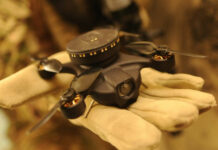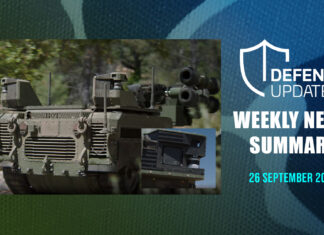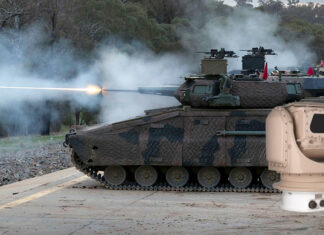The net-centric Future Force Warrior will operate in squads or sub-squad teams, requiring dedicated wireless communications network for operation. Each warrior will be equipped with a sensor set, comprised of a helmet integrating day and night cameras and weapon’s mounted sight cameras. The images will be displayed on a helmet integrated half inch see-through monocular display, or on a hand held PDA like terminal. Images could also be relayed to other team members for coordination. FFW digital assistants will also display navigation and situational awareness pictures, and images received from team members. The performance of FFW class personal role radio will be significantly improved over current systems, offering wideband data communications in addition to current voice radio. Soldiers will be able to talk naturally with each other, whisper, or chat with text messages during missions. The new system has the ability for tying each soldier into tactical local and wide-area networks by onboard computer that sits at the base of the soldier’s back. Troops will also be able to share data with vehicles, aircraft and other individuals.
The entire system suite has a total power budget of 15 watt. Battery packs or alternative fuel-cells and energy harvesting power sources should support 72-hour continuous autonomous team operations. For this purpose, high density, low weight, low volume batteries are considered, but modern power cells are also proposed for this role. Self-generating and regenerating power solutions are also considered. Advanced power management was realized as one of the most critical factors in the program. General Dynamics is planning to integrate a specially developed version of InHand BatterySmart dynamic power management software to minimize the consumption of the main processor as well as overall soldier system.
Additional parts of this article:
- Land Warrior & Stryker Warrior Programs
- Land Warrior System
- Land Warrior Infantry Combat Suite Stryker Vehicle Integration
- Future Force Warrior Infantry Combat Suite
- Future Force Warrior Uniform, Protection and Combat Gear
- Future Force Warrior Communication and Computation



















